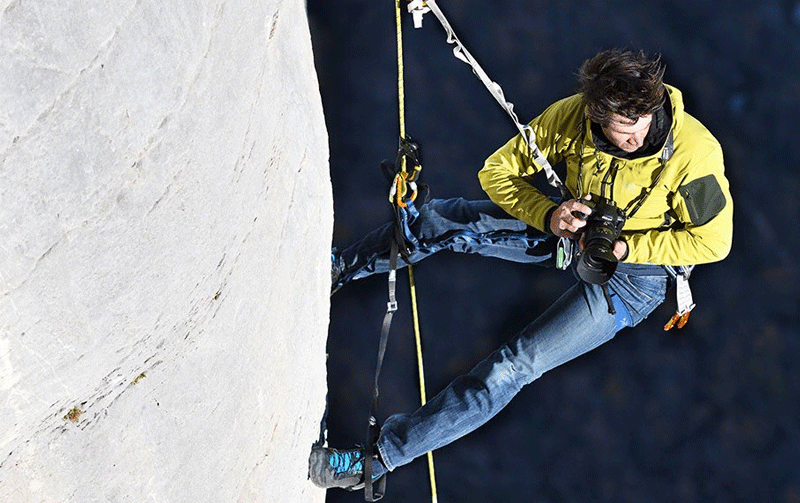The Nikon D500 is the update of D300s, Nikon’s critically acclaimed professional calibre crop sensor DSLR from the last decade.
The camera occupies the top of APS-C tree for Nikon, and while some photographers ultimately aspire for a full-frame, there are other advantages of a crop sensor. For instance, smaller sensors indicate the ability to zoom into a subject with smaller, lighter (usually economical) lenses.
The camera also enjoys the numerous benefits of its full-framed siblings without being quite as expensive. However, this does not mean it is cheap. It shares the same focusing system and processor as the Nikon D5 targeted at professionals. It also has a pretty high ISO figure of ISO 1,640,000. Although it may not be on the same plain as the D5’s ISO figure of 3,000,000, it is more than adequate for what most ordinary users will usually expect.
The 500 goes particularly well with Nikon’s 16 – 80mm f/2.8 – 4 lens, but it also pairs nicely with Nikon’s wide range of DX-format lenses.
Key Features
-
Sensor
The D500 has a sensor of 20.9 mega pixels, which is under the D7200’s 24mp but significantly higher than the D300 series (12mp). Still makes for a good catch when you are out and about in the woods.
-
Autofocus
However, when compared to both series (D300S AND D7200), the D500 has significantly higher AF points; 153. It is 99 crossed, with -4EV, f/8 min.
-
Metering
Metering has an impressive 180,000 pixels
-
Shutter
200k rated, 1/8000 max, 1/250 sync and a maximum 10fps
-
Memory cards and Buffer
Has dual memory card slots; XQD + SD slots, 200 NEF & JPEG formats
-
Viewfinder
The D500 has a pentaprism 100% optical viewfinder,
1x 16mm eyepoint 3.2” 2.36m dot, with a touch-sensitive tilt LCD screen.
Autofocus (AF); attributes worth noting
- The new autofocus sensor section pushes the spread of the autofocus sensors to its full limits in a mirrored system; this means the DX frame is almost completely filled.
- With 153 detection areas, where 99 are cross points, we can only select 51 of those points. But the new sensors have middle points that are active in most modes and useful in focus discretion.
- The autofocus sensor has its own dedicated CPU. All initial data streams are processed before being sent to the main system for final completion. The focus system utilises more data, and is quicker.
- There is a reduction in the mirror blackout time, which indicates that the AF sensors can see what’s happening in front of the camera while you take fast snap-shots of photos.
- The sensitivity of the actual detection areas is greatly improved (from the D300s). You can focus at -4EV at the central censor, and striking feat for a Nikon DSLR.
No doubt, the D500 is a pro’s camera. But is it all that?
It will interest you to know that the D500 is a bit lighter than the camera it replaces. Nikon applies the carbon fibre point and the shutter box technique they have established with previous DSLRs in recent times. This offers a significantly rigid front frame than the earlier metal versions.
So, what are the pros and cons?
It can be argued that the D500 pros outweigh the cons. It’s something you can easily work around.
Pros
- The camera shoots at 10 frames per second, and has a 200 frames buffer.
- It has a touchscreen which makes controls a faster and convenient. The screen tilts too.
- 100% optical viewfinder
- Has a 1.5 crop factor
- Comes with dual-memory card slot
Cons
- APS-C format sensor is not so high in ISO terms (you can get faster glass for this)
- Lacks a pop-up flash (buy a transmitter)
- Has less mega pixels (21 when compare to D750’s 24)
- Requires more expensive cards, but you can use the SD slots instead.
The Nikon D500 currently retails for £1,729 at Currys

